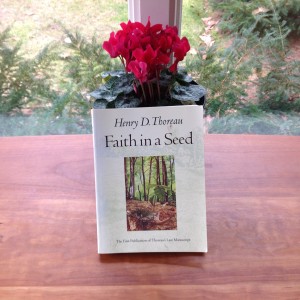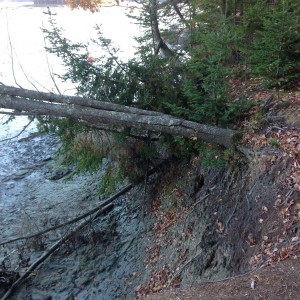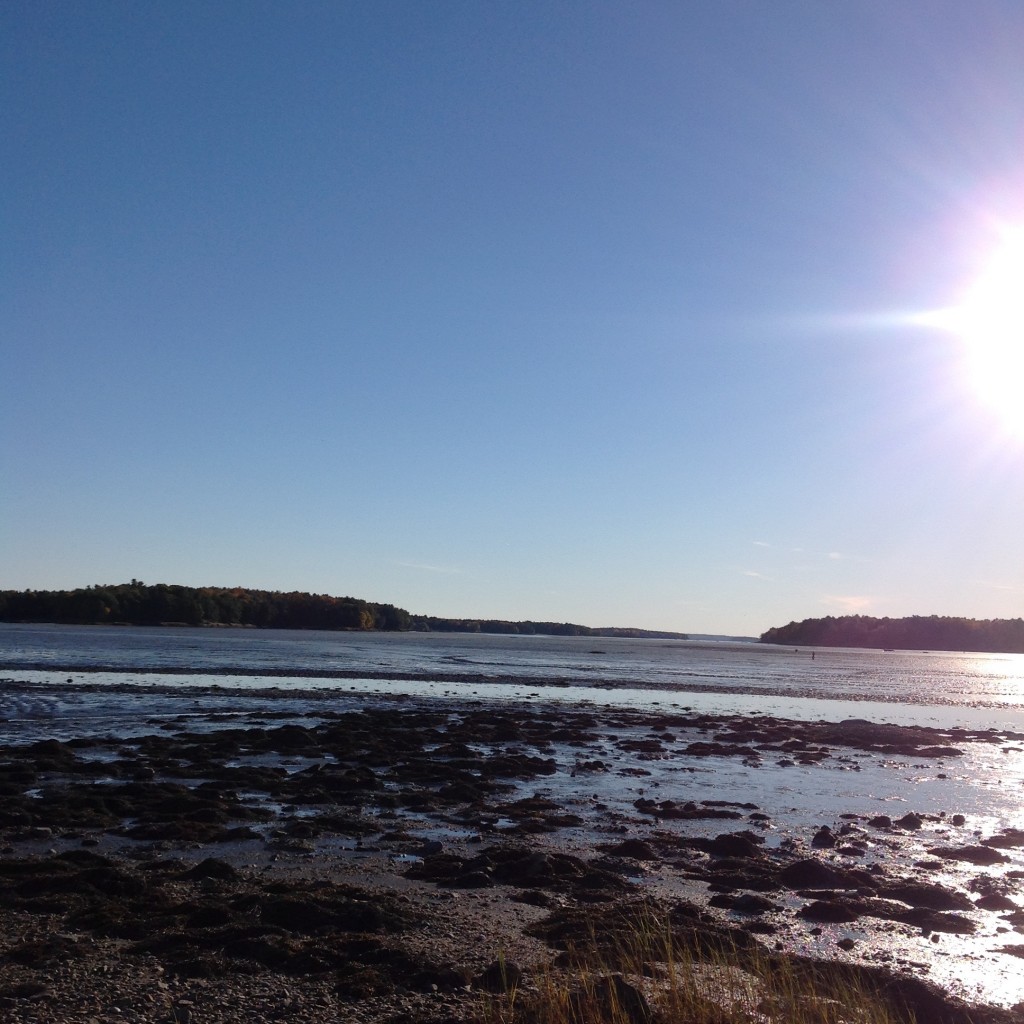Perhaps…
…you too scrolled through the list of favorite poems cited by various notables the other day (12/23) on the NY Times site.
Given some modest holiday travel, some seasonal spirit and the general retrospection of this time of year, I thought it might be fun to offer the same chance here.
Henry Thoreau began his writings as a poet, and, while he made his name as a prose writer, it’s also clear that poetry never left his heart or mind – so much of his work has the stir of poetry in it.
Here then, is a short, predictive poem Henry Thoreau published in The Dial (1840-44). I’ve always loved its reminder:
My life has been the poem I would have writ,
But I could not both live and utter it.
And here is a favorite of mine with a sweet, little backstory.
In my early 40s, I received a slim, wrapped present for my birthday from my father. Though he read little poetry himself, he knew I loved and read many poets and poems. He knew also that Mary Oliver was my favorite. I unwrapped the gift, a copy of The Night Traveller, a hard-to-find early chapbook of Oliver’s poetry. The gift deepened when I opened the chapbook: There, on the formerly blank backside of the cover was a handwritten version of the poem you’ll find below. The handwriting belonged to Mary Oliver, and I found also a little birthday note from her. My father had, with a kind determination he showed all his life, found Mary Oliver and, clearly, touched her with his request for his son.
That gift became a recurring one for me: Mary Oliver became a regular contributor to the journal I edited, and, during that decade, her letters also included various asides about dogs and woodlands, affections we shared.
Some Questions You Might Ask
by Mary Oliver
Is the soul solid, like iron?
Or is it tender and breakable, like
the wings of a moth in the beak of the owl?
Who has it, and who doesn’t?
I keep looking around me.
The face of the moose is as sad
as the face of Jesus.
The swan opens her white wings slowly.
In the fall, the black bear carries leaves into the darkness.
One question leads to another.
Does it have a shape? Like an iceberg?
Like the eye of a hummingbird?
Does it have one lung, like the snake and the scallop?
Why should I have it, and not the anteater
who loves her children?
Why should I have it, and not the camel?
Come to think of it, what about the maple trees?
What about the blue iris?
What about all the little stones, sitting alone in the moonlight?
What about roses, and lemons, and their shining leaves?
What about the grass?
And here is another link to Robert Pinsky’s brilliant Favorite Poem Project, begun while he was U.S Poet Laureate. For the project all sorts of people choose and recite a favorite poem; it is simply inspiring, as well as being great fun: http://www.favoritepoem.org/
And you? We welcome your thoughts, favorite poems, links.






